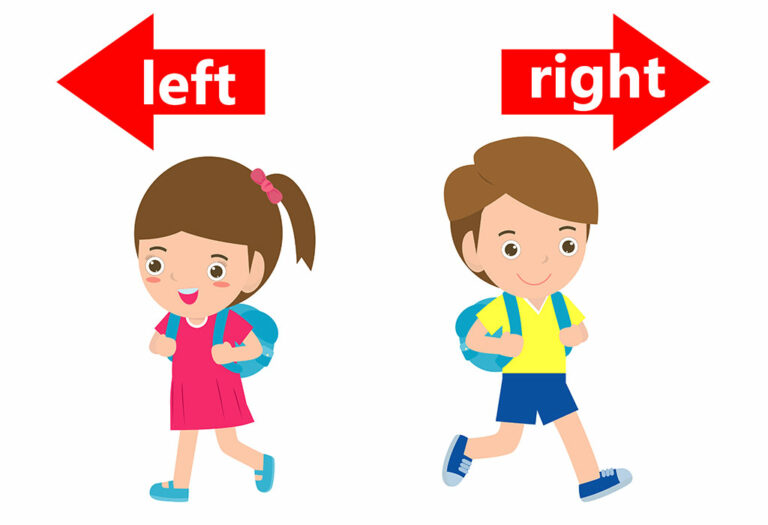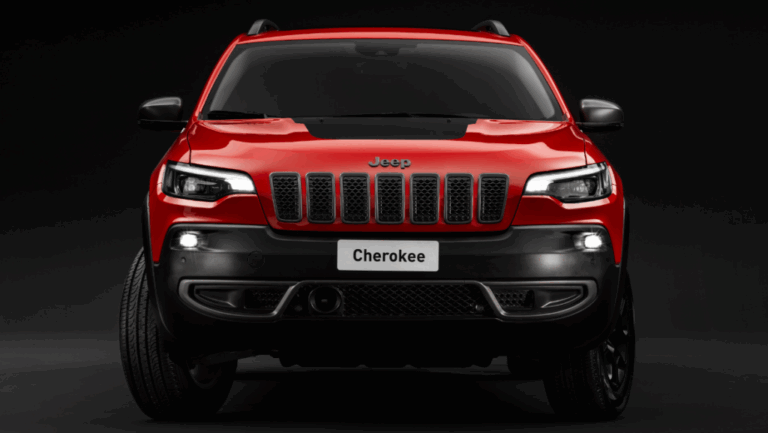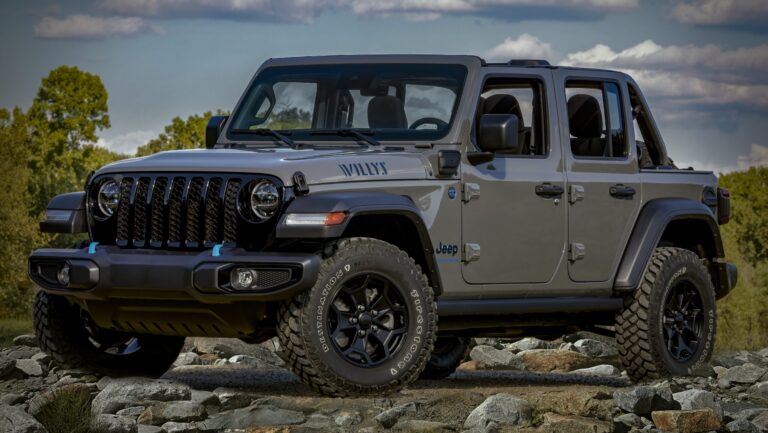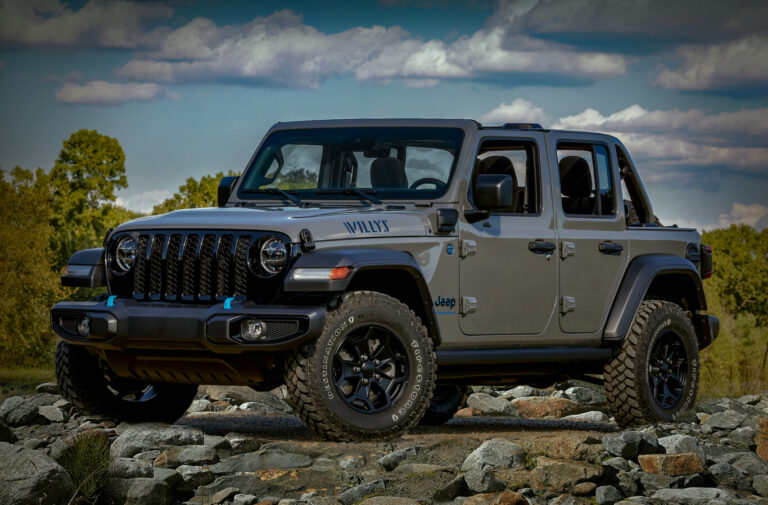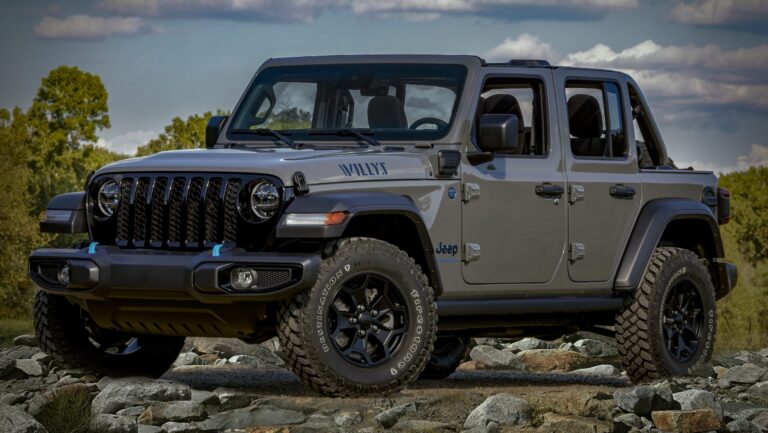Jeep Wrangler 2 Door Engine Size: A Comprehensive Guide to Powering Your Adventure
Jeep Wrangler 2 Door Engine Size: A Comprehensive Guide to Powering Your Adventure jeeps.truckstrend.com
The Jeep Wrangler 2 Door is more than just a vehicle; it’s an icon of freedom, adventure, and off-road prowess. For enthusiasts and prospective owners, understanding the heart of this legendary machine – its engine size and the performance it delivers – is paramount. The engine choice significantly impacts everything from daily drivability and fuel economy to its capabilities on the most challenging trails. This comprehensive guide delves into the specifics of Jeep Wrangler 2 Door engine options, helping you make an informed decision for your ultimate adventure companion.
The Heart of the Beast: Defining Jeep Wrangler 2 Door Engine Size
Jeep Wrangler 2 Door Engine Size: A Comprehensive Guide to Powering Your Adventure
When we talk about "Jeep Wrangler 2 Door Engine Size," we’re referring to the specific powertrains available for the two-door configuration of this iconic SUV. Unlike its four-door counterpart, the two-door Wrangler (currently the JL generation) typically offers a more focused set of engine options, prioritizing the balance between power, weight, and the unique demands of its shorter wheelbase and lighter curb weight. The choice of engine is not just about raw horsepower; it’s about the torque delivery, fuel efficiency, transmission pairing, and ultimately, the character of your driving experience, whether you’re navigating city streets or conquering rocky terrain.
A Look Back: Evolution of Wrangler Powertrains
To appreciate the current offerings, it’s helpful to briefly glance at the lineage of Wrangler engines. Early CJs and YJs featured inline-four and inline-six engines, notably the robust 4.0L "PowerTech" inline-six, revered for its simplicity and torque. The JK generation introduced the 3.8L V6, later replaced by the significantly more powerful and efficient 3.6L Pentastar V6. This evolution reflects Jeep’s continuous effort to balance performance with modern demands for efficiency and refinement, leading us to the sophisticated options available in the current JL generation 2-door Wrangler.
Current Engine Offerings for the JL 2-Door Wrangler
For the current generation (JL) Jeep Wrangler 2 Door, there are primarily two engine options, each with distinct characteristics:
1. The Tried-and-True: 3.6L Pentastar V6
The 3.6-liter Pentastar V6 engine remains the standard and most popular powertrain for the Jeep Wrangler 2 Door. It’s a well-proven engine across various Stellantis (formerly FCA) vehicles, known for its balance of power, reliability, and smooth operation.
-
Specifications:
- Displacement: 3.6 Liters (3604 cc)
- Horsepower: Approximately 285 hp @ 6,400 rpm
- Torque: Approximately 260 lb-ft @ 4,800 rpm
- Transmission Options: Available with a 6-speed manual transmission or an 8-speed automatic transmission.
- Fuel Economy (EPA Est.):
- Manual: Around 17 MPG City / 23 MPG Highway
- Automatic: Around 20 MPG City / 24 MPG Highway


-
Benefits:
- Proven Reliability: The Pentastar V6 has been in production for over a decade and has an excellent track record for durability.
- Strong All-Around Performance: It offers ample power for highway cruising and sufficient low-end torque for most off-road scenarios.
- Manual Transmission Option: For purists, the availability of a 6-speed manual gearbox is a significant draw, offering a more engaging driving experience.
- Cost-Effective: Often the standard engine, it represents a great value proposition.
-
Considerations:
- Fuel Economy: While improved over past generations, it’s not the most fuel-efficient option, especially in city driving or off-road situations.
- Peak Torque at Higher RPM: While adequate, its peak torque is achieved at higher RPMs compared to the turbocharged option, which can sometimes require more throttle input for crawling.
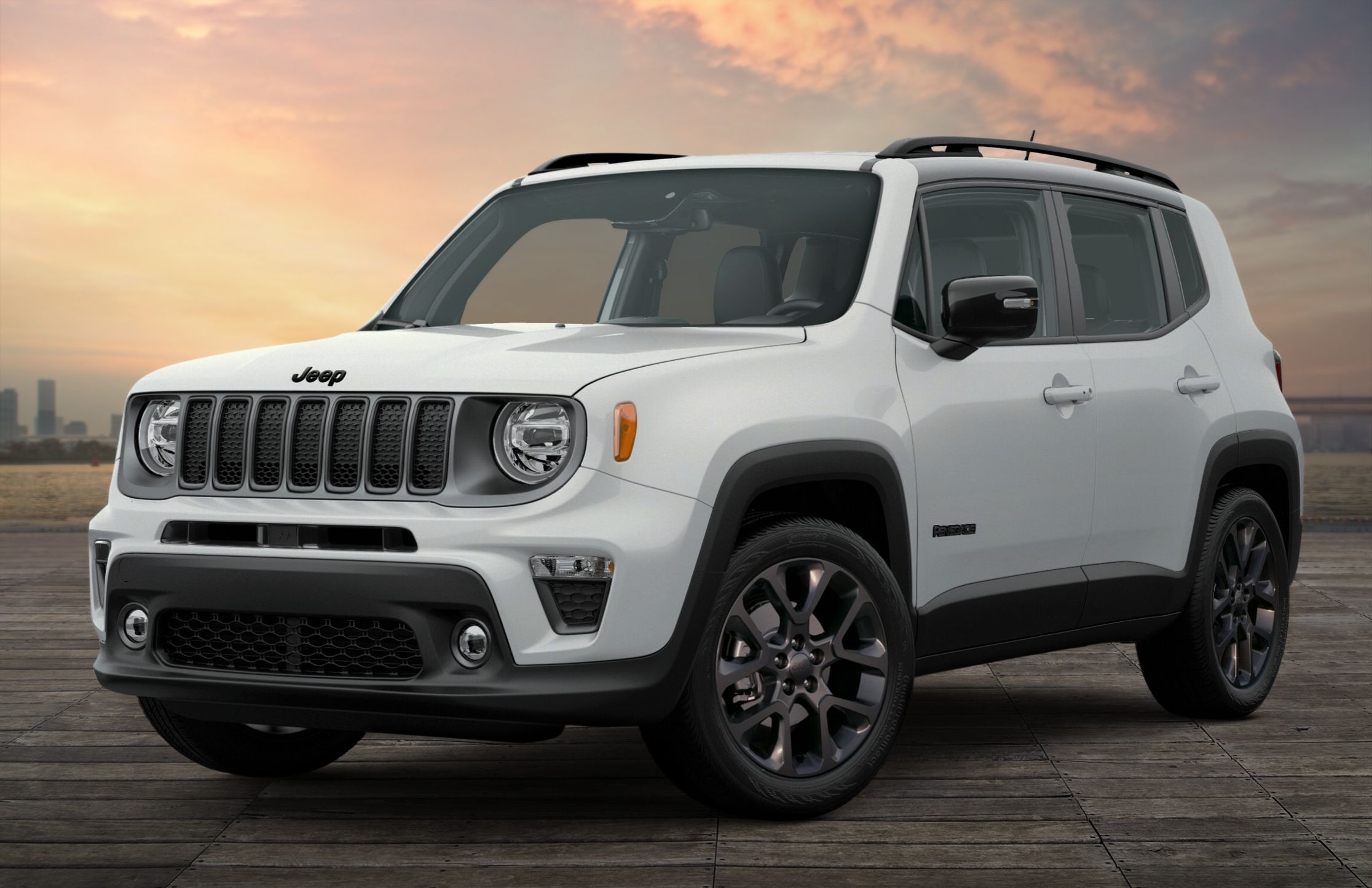
2. The Modern Contender: 2.0L Turbocharged I4 with eTorque
Introduced as an optional upgrade, the 2.0-liter turbocharged inline-four engine with eTorque mild-hybrid technology offers a different approach to power delivery, emphasizing efficiency and low-end torque.
-
Specifications:
- Displacement: 2.0 Liters (1995 cc)
- Horsepower: Approximately 270 hp @ 5,250 rpm
- Torque: Approximately 295 lb-ft @ 3,000 rpm
- Transmission Options: Exclusively paired with an 8-speed automatic transmission.
- Fuel Economy (EPA Est.): Around 21 MPG City / 24 MPG Highway
-
Benefits:
- Superior Low-End Torque: The turbocharged engine delivers its peak torque at a much lower RPM, which is incredibly beneficial for rock crawling and technical off-roading, providing immediate power without needing to rev high.
- Improved Fuel Economy: Generally offers better gas mileage, especially in city driving, thanks to its smaller displacement and the eTorque system.
- eTorque Mild-Hybrid System: This system provides a brief electric motor assist for smoother automatic start/stop operations, slight boosts in acceleration, and improved brake energy regeneration, enhancing overall efficiency and refinement.
-
Considerations:
- Automatic Transmission Only: No manual option for those who prefer it.
- Higher Initial Cost: Typically an optional upgrade, adding to the vehicle’s MSRP.
- Perceived Durability: While modern turbo engines are robust, some traditionalists might prefer the simplicity and long-term proven track record of a naturally aspirated V6.
Note: It’s important to clarify that the more powerful 6.4L HEMI V8 (Rubicon 392) and the 4xe Plug-in Hybrid powertrains are currently only available in the 4-door Wrangler Unlimited models and not in the 2-door configuration.
Choosing the Right Engine for Your Needs
Selecting the ideal engine for your Jeep Wrangler 2 Door depends heavily on your primary use case, driving style, and priorities.
- For the Off-Road Enthusiast (Technical Trails): The 2.0L Turbo I4 with its immediate, low-end torque delivery is arguably superior for technical crawling and navigating obstacles where precise throttle control is crucial. The eTorque system’s seamless start/stop also aids in slow-speed maneuvers.
- For the Daily Driver/Commuter: The 2.0L Turbo I4 offers better fuel economy and a punchier feel in urban environments. However, the 3.6L Pentastar V6 is also perfectly capable and provides a smooth, reliable daily driving experience with a more traditional engine feel.
- For Towing (Limited for 2-Door): The 2-door Wrangler has a limited towing capacity (typically around 2,000 lbs). Both engines are capable within this limit, but the 3.6L V6 might feel a bit more relaxed on the highway when towing due to its naturally aspirated power delivery.
- For the Budget-Conscious: The 3.6L Pentastar V6 is usually the standard engine, making it the more affordable entry point. Over time, fuel costs will play a role, where the 2.0L might offer savings.
- For the Manual Transmission Lover: The 3.6L Pentastar V6 is your only option if you desire the engaging experience of rowing your own gears.
Engine Performance and Driving Experience
The driving experience varies noticeably between the two engines:
- 3.6L V6: Offers a linear power delivery, a pleasant engine note, and a well-matched pairing with either the precise 6-speed manual or the smooth 8-speed automatic. It feels robust and predictable.
- 2.0L Turbo I4: Provides a more immediate surge of power off the line and strong mid-range acceleration. The turbo whistle is subtle, and the eTorque system makes the automatic start/stop almost imperceptible, contributing to a refined urban driving experience.
Maintenance and Longevity
Both engines are designed for durability and longevity, provided they receive proper maintenance. Adhere to the manufacturer’s recommended service intervals for oil changes, filter replacements, and fluid checks. The 3.6L V6 has a long track record of reliability. The 2.0L Turbo, while newer, also employs proven technology, though turbocharged engines typically require more frequent oil changes and a bit more attention to cooling system health due to higher operating temperatures.
Practical Advice and Actionable Insights
- Test Drive Both: This is the most crucial step. Drive both engine options in various scenarios if possible – city, highway, and ideally, some light off-road terrain. Pay attention to throttle response, acceleration, and how the engine feels under different loads.
- Evaluate Your Lifestyle: Are you primarily commuting? Do you plan weekend off-road adventures? Will you be modifying the vehicle extensively? Your answers will guide your engine choice.
- Consider Long-Term Costs: Factor in not just the initial purchase price difference but also potential fuel savings (or extra costs) over the years.
- Resale Value: While both engines hold their value well in a Wrangler, the more fuel-efficient 2.0L might appeal to a broader market in the long run, especially if fuel prices remain high. The manual V6 will always have a niche market of enthusiasts.
- Aftermarket Support: Both engines have robust aftermarket support for performance upgrades and maintenance parts, though modifications like superchargers are more commonly seen on the 3.6L V6.
Table: Jeep Wrangler 2 Door Engine Specifications & Estimated Pricing
| Feature | 3.6L Pentastar V6 | 2.0L Turbocharged I4 w/ eTorque |
|---|---|---|
| Engine Type | Naturally Aspirated V6 | Turbocharged Inline-4 with Mild-Hybrid |
| Displacement | 3.6 Liters (3604 cc) | 2.0 Liters (1995 cc) |
| Horsepower (HP) | 285 hp @ 6,400 rpm | 270 hp @ 5,250 rpm |
| Torque (lb-ft) | 260 lb-ft @ 4,800 rpm | 295 lb-ft @ 3,000 rpm |
| Transmission Options | 6-Speed Manual, 8-Speed Automatic | 8-Speed Automatic Only |
| Fuel Economy (MPG) | Manual: 17 City / 23 Hwy | 21 City / 24 Hwy |
| Auto: 20 City / 24 Hwy | ||
| Starting MSRP (2-Door Sport/Sport S, Approx.) | ~$32,000 – $36,000 (Base vehicle cost) | +$2,000 – $2,500 (Optional upgrade cost) |
| Key Benefit | Proven reliability, Manual option | Low-end torque, Fuel efficiency |
| Ideal For | All-around use, Manual enthusiasts | Technical off-roading, Daily commuting |
Note: Starting MSRPs are approximate for the base 2-door Sport/Sport S trims and can vary significantly based on trim level, options, dealer, and current incentives. The 2.0L Turbo is an optional upgrade over the standard 3.6L V6.
Frequently Asked Questions (FAQ)
Q1: Which Jeep Wrangler 2 Door engine is better for off-roading?
A1: For technical off-roading and rock crawling, the 2.0L Turbo I4 often has an edge due to its higher peak torque delivered at much lower RPMs, providing immediate power and control. However, the 3.6L V6 is still highly capable for most off-road scenarios.
Q2: Which engine gets better gas mileage in the 2-door Wrangler?
A2: The 2.0L Turbo I4 with eTorque generally offers better fuel economy, especially in city driving, compared to the 3.6L Pentastar V6.
Q3: Can I get a manual transmission with both engine options?
A3: No, the 6-speed manual transmission is only available with the 3.6L Pentastar V6. The 2.0L Turbo I4 is exclusively paired with the 8-speed automatic transmission.
Q4: Is the 2.0L Turbo engine reliable in the Wrangler?
A4: Yes, the 2.0L Turbo engine is a modern, robust engine. While newer to the Wrangler lineup than the V6, it has been used in other Stellantis vehicles and is generally considered reliable when properly maintained.
Q5: What is eTorque, and how does it benefit the Wrangler?
A5: eTorque is a mild-hybrid system that replaces the traditional alternator with a belt-driven motor generator unit. It assists the engine with seamless automatic start/stop, provides a slight power boost during acceleration, and recovers energy during braking, all contributing to improved fuel efficiency and refinement.
Q6: What is the towing capacity of the 2-door Jeep Wrangler?
A6: The 2-door Jeep Wrangler typically has a maximum towing capacity of 2,000 lbs, regardless of engine choice. This is due to its shorter wheelbase and lighter curb weight, which limit stability for heavier loads.
Conclusion
The Jeep Wrangler 2 Door, in its current JL iteration, offers a compelling choice of engines designed to cater to different driving preferences and adventure styles. Whether you opt for the proven reliability and traditional feel of the 3.6L Pentastar V6 with its manual transmission option, or the modern efficiency and low-end torque of the 2.0L Turbocharged I4 with eTorque, you’re choosing a powertrain capable of powering legendary adventures. Your ultimate decision should be guided by a thorough understanding of each engine’s characteristics, a realistic assessment of your driving needs, and ideally, a firsthand test drive. Whichever engine you choose, the spirit of open-air freedom and go-anywhere capability remains at the core of the iconic 2-door Jeep Wrangler.


